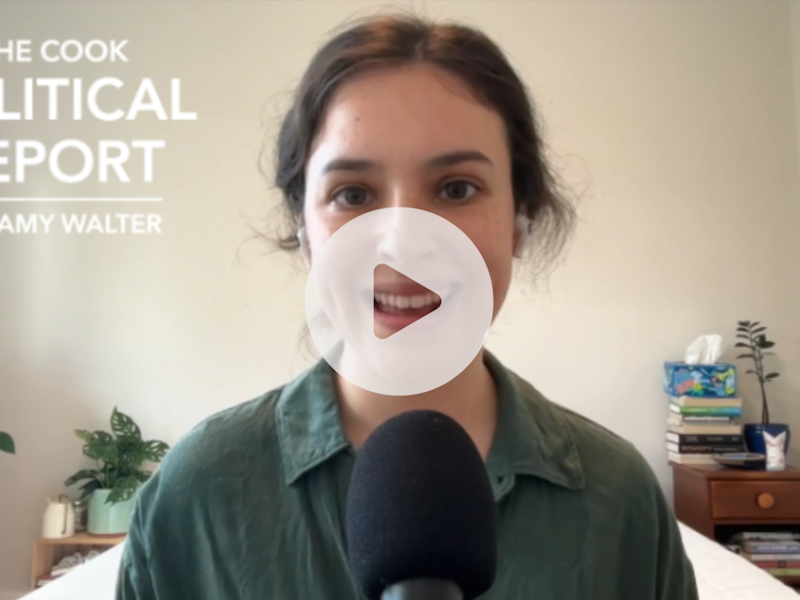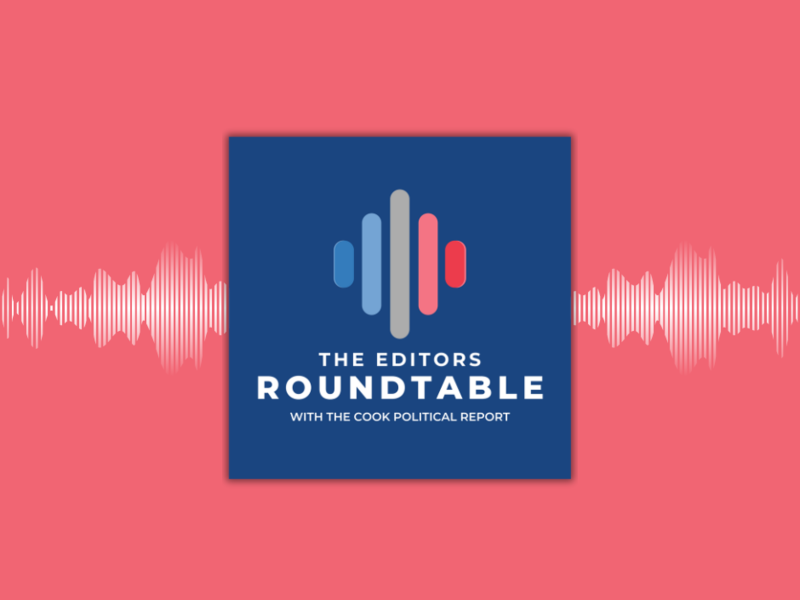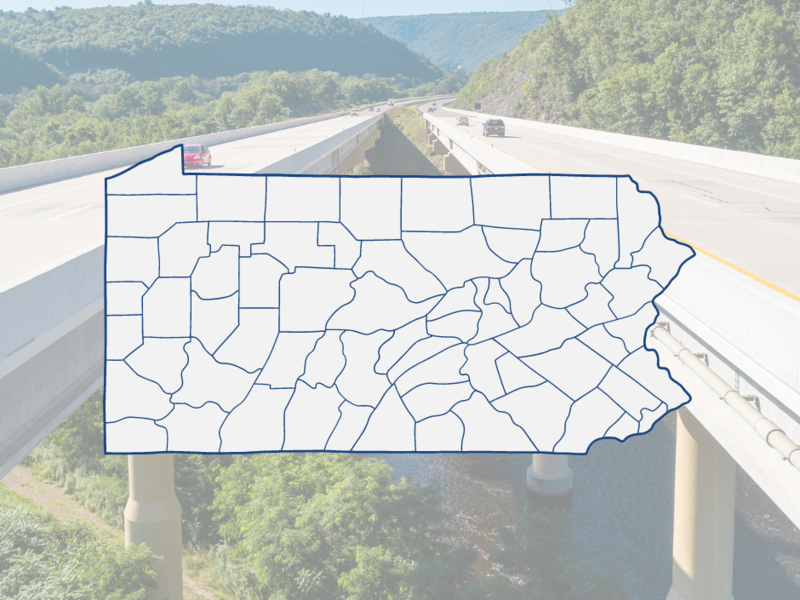
Anyone who’s sure they know what the midterm-election implications of the events over the last few weeks will be is a) a fool, b) a cheerleader, c) really new to politics, or d) some combination of those. Until there is a whole lot more polling data, certainty is folly.
A pair of U.S. Supreme Court rulings ignited a firestorm. One decision reversed the Court’s landmark 1973 Roe v. Wade decision that protected the ability of women to obtain abortions in many circumstances. The other overturned a New York City law that put strict limits on private citizens carrying guns outside the home, opening the door for challenges to other gun laws elsewhere. The former decision was hardly a surprise, having been largely telegraphed in early May when Politico obtained a leaked early draft of the majority opinion. The latter decision came shortly after yet another shooting at an elementary school, this time in Uvalde, Texas.
The justices split 6-3 on both cases, with the Republican appointees in the majority or concurring and the Democratic appointees dissenting.
Where you stand depends upon where you sit: Democrats see the Court as engaging in judicial overreach and legislating from the bench—the same charge that conservatives leveled against the Supreme Court under Chief Justice Earl Warren during the 1960s. (Although Warren had retired by then, most of the justices who decided Roe were holdovers from the Warren Court.)
More than a few have suggested that since Bush v. Gore, which settled the 2000 presidential election, the Supreme Court has been perceived as being just as politicized as the legislative and executive branches, where overreach has become more the norm than the exception. In that case, half of the country was going to feel like the election was stolen. The only question was which half.
The revelations of the House Jan. 6 committee have thrown another couple of logs on this political bonfire. Democrats are praying that the SCOTUS decisions and Jan. 6 together will incentivize enough Democrats and Democrat-leaning independents to vote this fall to break the pattern of president’s party suffering from lower turnout than the opposition party, while winning over enough pure independents to retain their razor-thin majorities.
So, where does this go? I am always a bit leery of quickie polls taken right on top of an event. Much more valuable are surveys taken after people have had a chance to read, listen, or watch a bit more, talk to family, friends, and colleagues about it, and to digest it.
Many of the poll questions released so far simply asked people whether they agreed or disagreed with the decision and how it made them feel. Ascertaining the extent of hand-wringing may be of interest to some, but I would much rather find out how it might affect the outcome of the election. Subsequent polls will tell us whether the generic congressional ballot test has moved, and whether these hot-button issues really overshadow the economy, particularly inflation and gas prices. Even more valuable will be polling on the state and local level.
The only live-telephone-interview national survey that I have seen was the NPR/PBS NewsHour/Marist College poll, which was in the field on Friday and Saturday after the decision dropped. It found that respondents opposed the Court’s decision by a margin of 56 percent to 40 percent, including 45 percent who strongly opposed it. Nearly 90 percent of Democrats and 53 percent of independent voters opposed it.
CBS News/YouGov and Politico/Morning Consult also released online surveys, with Politico reporting that in “the June 24-25 survey conducted after the court’s ruling, 56 percent of Democratic voters said they are 'extremely' or 'very' enthusiastic about voting in the midterm elections, up from 48% in a survey conducted June 17-20. …The level of enthusiasm on the left is slightly less than the share of Republicans (58 percent) who expressed the same excitement about voting. The small margin is a relative rarity: In dozens of surveys conducted since September, Republicans have typically maintained a larger advantage on the question.”
A closing of the intensity gap is entirely plausible, even likely, but how durable is it? Since inflation continues to be a daily presence in voters’ lives, can it stay at that level?
If you’re sensing some skepticism that the Supreme Court decisions, mass slayings, and fallout from Jan. 6 could be determinative, that’s because it would be truly extraordinary for a midterm election to be about anything other than the performance of the Oval Office occupant and the governing party. Such elections usually turn on whether voters want to stay the course or if they think it is time for a change. Ronald Reagan’s famous question in his 1980 debate against President Carter, “Are you better off than you were four years ago?” is not one that Democrats want voters asking about the Joe Biden presidency thus far.
Sooner or later, abortion and guns may very well bite Republicans on the rear end. But my money is on later, and not until the economy is in the same time zone as normal. If President Biden’s job-approval rating were at 50 percent and the economy was doing fine, I would be a lot more convinced that we are witnessing a game-changing event. As it is, inflation is at a 40-year high and the University of Michigan Consumer Sentiment Index is at its lowest level since it began in 1966.
Obviously a party headed into a midterm election under such circumstances, with a president averaging a 39 percent approval and 57 percent disapproval, is desperately looking for a change in venue. My guess is that it is unlikely the judges in this case will grant one.









Subscribe Today
Our subscribers have first access to individual race pages for each House, Senate and Governors race, which will include race ratings (each race is rated on a seven-point scale) and a narrative analysis pertaining to that race.